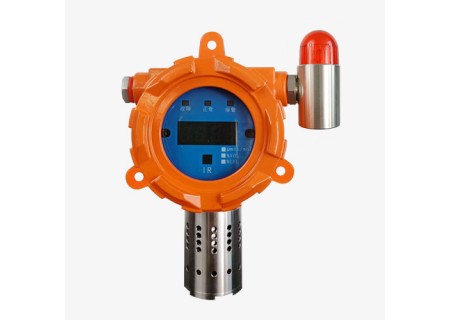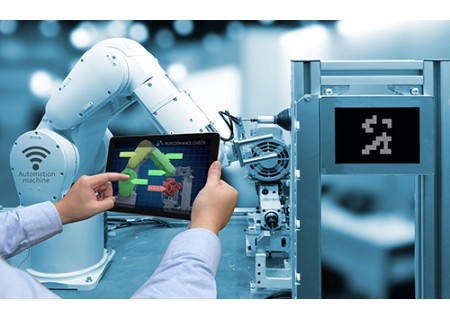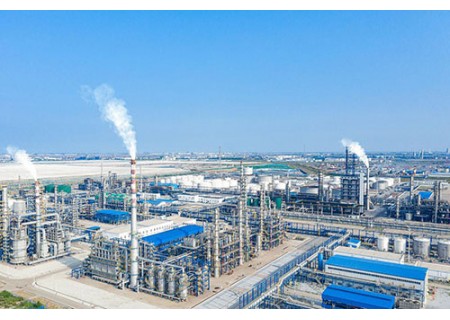Greenhouse environment monitoring

With the continuous advancement of agricultural technology, modern farmers pay more and more attention to the management and control of greenhouses.
Greenhouse environment monitoring can help farmers to monitor the temperature, humidity, CO2 concentration and other key parameters of the greenhouse environment, so as to help them to better control the growing environment of the greenhouse, and improve the yield and quality of crops.
So what are the features needed for Greenhouse environment monitoring? This article will give you a detailed introduction.
Temperature monitoring
Temperature is one of the most basic parameters in greenhouse management, Greenhouse environment must be able to monitor the temperature of each area of the greenhouse in real time and send the data back to the farmers.
Through the temperature monitoring function, farmers can find out the temperature abnormality in the greenhouse in time and take corresponding measures to regulate it. For example, during the hot summer season, if the temperature inside the greenhouse is too high, farmers can make adjustments by increasing the number of vents and reducing the amount of irrigation in order to maintain the normal growth of crops.
Humidity monitoring function
Humidity is another very critical parameter in greenhouse management. In a greenhouse environment, humidity has a crucial impact on the growth and development of plants.
Therefore, Greenhouse environment monitoring must be able to monitor the humidity in all areas of the greenhouse in real time and feed the data back to the farmers.
Through the humidity monitoring function, farmers can detect any humidity anomalies that occur in the greenhouse in time and take appropriate measures to regulate them. For example, if the humidity in the greenhouse is too high during the humid season, farmers can ensure the normal growth of plants by enhancing ventilation and distributing the humidity better.
Co2 monitor for grow tent
Carbon dioxide (CO2) is one of the gases necessary for plants to photosynthesize. Therefore, it is also important to monitor and regulate the CO2 concentration in the greenhouse environment.
Greenhouse environment monitoring must be able to monitor the change of CO2 concentration in the greenhouse in real time and feedback the data to the farmers.
Through co2 monitor, farmers can find out the abnormal situation of CO2 concentration in the greenhouse in time and take corresponding measures to regulate it. For example, in winter, when the temperature is low, the CO2 concentration in the greenhouse tends to be low, at which time farmers can promote plant growth by increasing the CO2 concentration.
Illuminance monitoring function
Illuminance refers to the light intensity of sunlight or other light sources shining onto a certain area. For plants in greenhouses, illuminance is one of the very important environmental factors because it directly affects the growth and development of plants.
Through the light intensity monitoring function of the greenhouse environment monitor, farmers can grasp the light intensity of each area in the greenhouse in real time and rationally arrange the planting and management of crops.
Soil Temperature and Humidity
Soil temperature and humidity also have a very important impact on the growth and development of plants. Soil temperature directly affects the growth rate of plants and the absorption capacity of the root system, while soil humidity is directly related to the water supply and growth of plants.
Therefore, Greenhouse environment monitoring must be able to monitor and record the soil temperature and humidity in each area of the greenhouse and provide timely feedback to farmers. Through this data, farmers can better control the water supply and nutrient balance in the greenhouse to ensure smooth crop growth.
For example, "Greenhouse treasure" greenhouse environment monitor can simultaneously monitor the air temperature, air humidity, light, carbon dioxide concentration, soil humidity, soil temperature, so that we can easily grasp the environment of the greenhouse, and according to the feedback data to make timely changes to the indoor environment, so that the crops are in the best environment!











